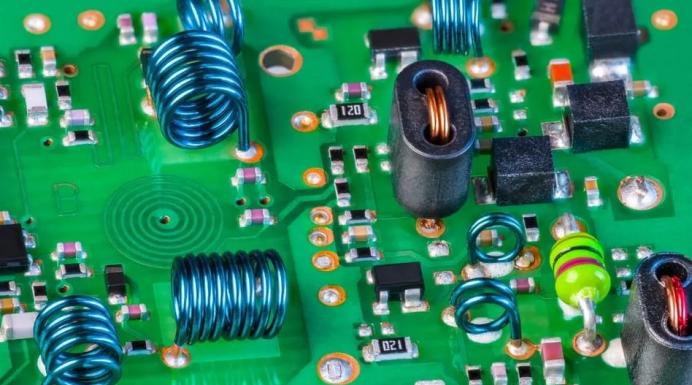

Finally, let’s see what is high layers PCB.
As the number of layers in multilayer printed circuit boards increases, beyond the fourth and sixth layers, more conductive copper layers and dielectric material layers are added to the stack-up.
For instance, an eight-layer PCB comprises four planes and four signal copper layers—eight in total—connected together by seven rows of dielectric material. The eight-layer stack-up is sealed on the top and bottom with dielectric solder mask layers. Essentially, the eight-layer PCB stack-up is similar to a six-layer one but with an additional pair of copper and prepreg pillars.
The trend continues with a 10-layer PCB, which adds two more layers of copper, totaling six signal layers and four plane copper layers—ten in all. In a 10-layer PCB stack-up, the copper is bonded with nine columns of dielectric material—five columns of prepreg and four cores. The ten-layer PCB stack-up is sealed with top and bottom dielectric solder mask layers, just like all other stack-ups.
When it comes to a 12-layer PCB stack-up, the board has four planes and eight signal conductive layers, bonded with six signal and five columns of dielectric material cores. The 12-layer PCB stack-up is sealed with dielectric solder mask layers. Generally, multilayer PCB illustrations depict layers and bonding materials with the following colors—brown represents signal/plane copper, gray represents prepreg/core dielectric material, and green represents the top/bottom solder mask layers.
If you are interested in multilayer PCB,just take order with our sales for a multilayer PCB. We are always waiting for your order.